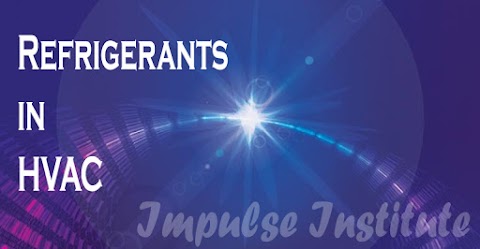How is humidity controlled with an AC
system?
Humidity is becoming more of a concern
to building operators and owners. High indoor humidity leads to mold and mildew
growth inside the building. The are several methods of controlling indoor
humidity. The simplest (and most expensive) method is to connect a humidistat
to an electric heater. When the humidity inside the building rises above the
humidistat set point, the heater is turned on. The additional heat causes the
air conditioning system to run longer and remove more moisture.
A more efficient method of controlling
humidity is to use the waste heat from the refrigeration cycle itself. Instead
of rejecting the waste heat outdoors, the heat is directed inside when humidity
control is required. One form of heat reclaim is called hot-gas reheat or
“refrigerant desuperheating” where refrigerant is passed through a heat
exchanger located downstream of the cooling coil. The hot high pressure vapor
leaving the compressor passes through this heat exchanger prior to entering the
condenser coil. This in turn heats the indoor air and again causes the AC
system to run longer to meet the thermostat set point. Although more energy is
used, this is much more efficient than turning on an electric heater. Another
form of heat reclaim is called sub-cool reheat. This strategy takes the warm
liquid refrigerant from the condenser and passes it through a heat exchanger
located downstream of the cooling coil. Less heat is available using this
method because the majority of the heat has already been rejected at the
condenser. Since more energy is used to pump liquid (as opposed to a gas)
through the heat exchanger it would appear that this method is less efficient
than the hot-gas method, however, the liquid in the heat exchanger is
sub-cooled in the cold supply air stream which increases the capacity of the
air conditioner. Since more capacity is available, the AC units is able to meet
the thermostat more quickly.
Heat pipe heat exchangers or run-around
coils perform a similar function when humidity control is required. Two heat
exchanger are placed in the air stream, one upstream of the cooling coil and
the other downstream of the cooling coil. These heat exchangers are connected
together with piping. A heat transfer fluid, whether it be water or
refrigerant, is either pumped or gravity fed from one heat exchanger to the
other. The heat exchanger down stream of the cooling coil (re-heat coil) cools
the liquid medium inside the heat exchanger and heats the air passing over the
heat exchanger. The cold liquid inside the heat exchanger is moved to the heat
exchanger upstream of the cooling coil (pre-cool coil) where it pre-cools the
air passing over the heat exchanger and warms the liquid passing through the
heat exchanger. The affect of a heat pipe or run-around coil is to reduce the
sensible heat capacity of the AC system. The latent capacity of the AC system
increases if direct-expansion equipment is used or remains relatively constant
if chilled water equipment is used. Since the sensible capacity of the AC
system has been reduced, the system must run longer to meet the thermostat set
point thereby removing more moisture.




0 Comments